-
Welcome to Tacoma World!
You are currently viewing as a guest! To get full-access, you need to register for a FREE account.
As a registered member, you’ll be able to:- Participate in all Tacoma discussion topics
- Communicate privately with other Tacoma owners from around the world
- Post your own photos in our Members Gallery
- Access all special features of the site
AdventureTaco - turbodb's build and adventures
Discussion in '1st Gen. Builds (1995-2004)' started by turbodb, Apr 4, 2017.
Page 277 of 281
Page 277 of 281


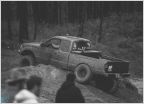 4banger Junkyard build
4banger Junkyard build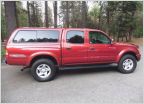 2004 Tacoma Limited 4WD- Stock to Overland Rig
2004 Tacoma Limited 4WD- Stock to Overland Rig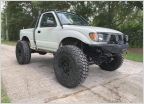 Allenfab's 95 Tacoma build
Allenfab's 95 Tacoma build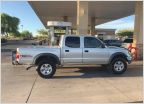 Rafe's Build - Meet L.O.R.A
Rafe's Build - Meet L.O.R.A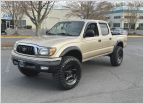 Crashnburn80's 1st Gen TRD Double Cab Build
Crashnburn80's 1st Gen TRD Double Cab Build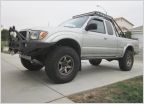 My 02 SR5 4WD Build - "T. Belle"
My 02 SR5 4WD Build - "T. Belle"








































